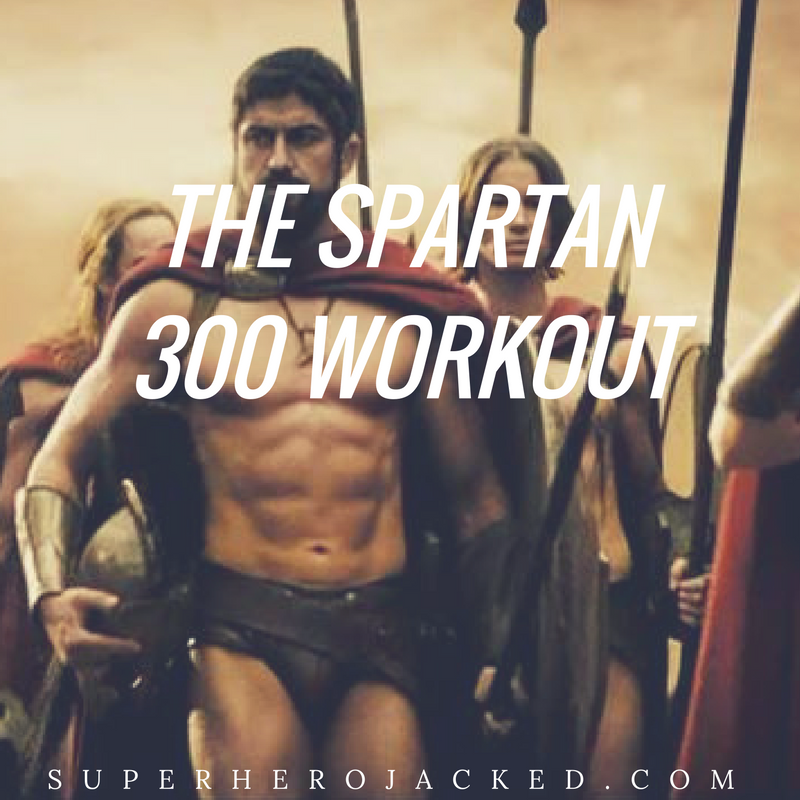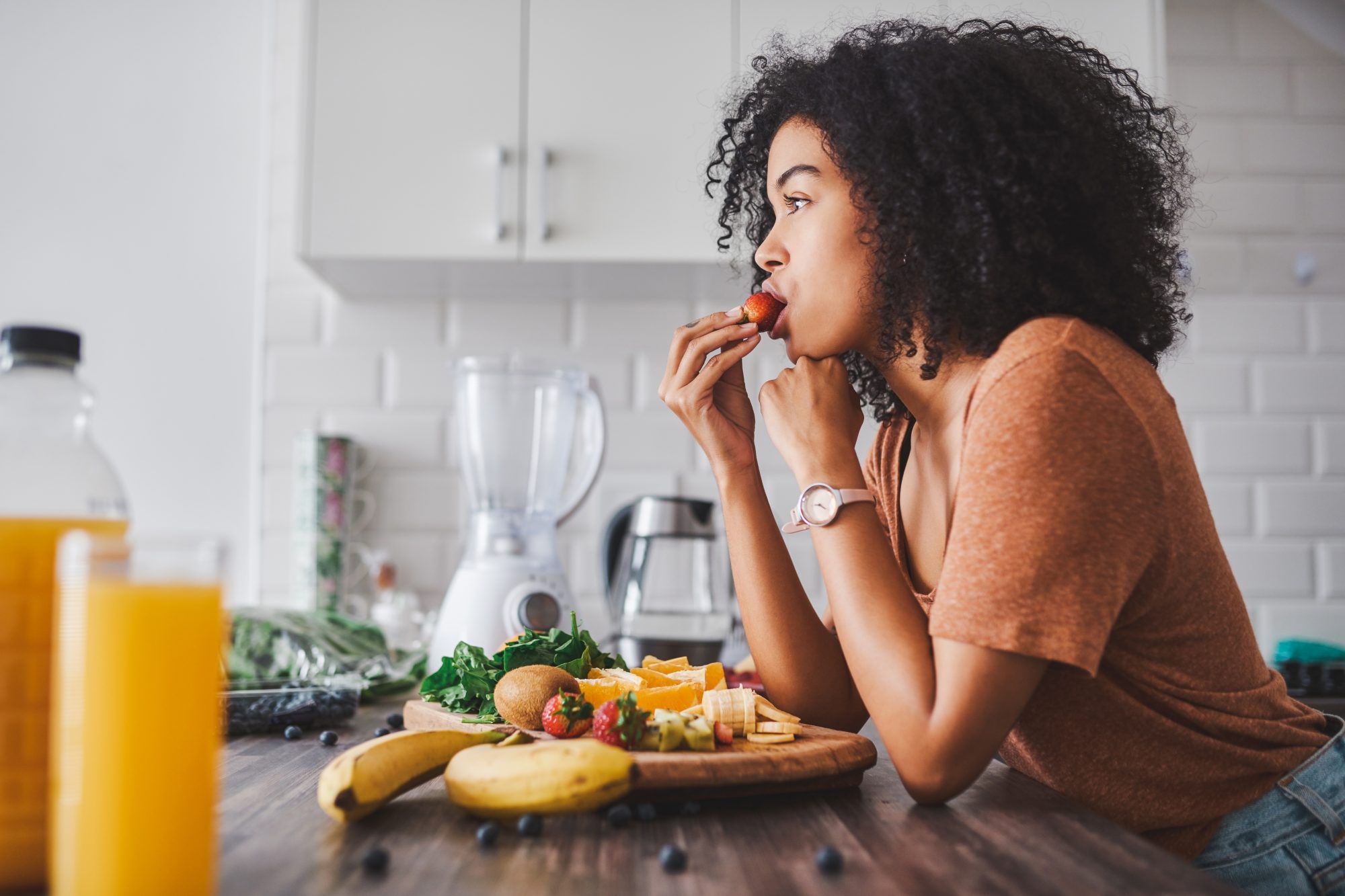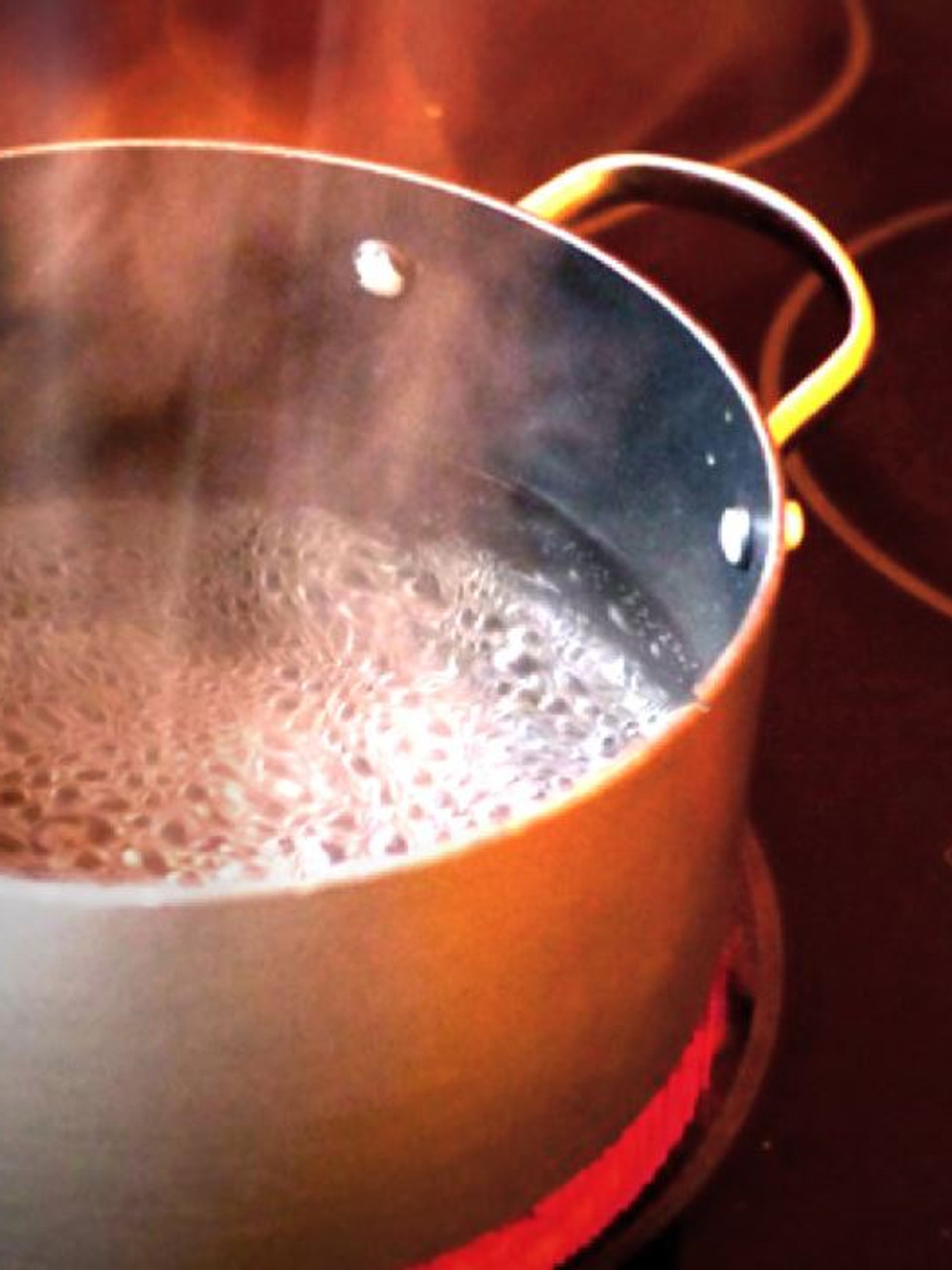
In this article, I will cover Weight lifting, Cross-training, and lower intensity exercises. I will also be discussing the importance to embrace your body at all stages, from middle-age to senior citizenhood. You will be inspired by my words to try something different! What's your goal, Tell me about your goal! Continue reading to find out more. Here are some helpful tips for women who have reached 40 to get in shape.
Weight lifting
Cardio training can burn fat while weight lifting adds curves, and builds muscle. Weight lifting not only boosts your metabolism but it can also reduce stress. Weight lifting releases endorphins. These hormones calm and relax your entire body. Here are three reasons that women over 40 need to start weight lifting. Read on to discover more about the health benefits of weight lifting. Continue reading for a step-by-step plan for women over 40.
Your risk of developing certain health problems can be reduced by lifting weights in your later years. Lifting weights is also beneficial for women over 40, since it helps build bone density and increase metabolism. Women over 40 must follow a regular weight-training plan that includes cardiovascular exercise. Starting with a lighter weight will help you reap the benefits of weight lifting. As your strength improves, you can increase your weight gradually. Women over 40 years old can get in shape with a weight lifting program. This will allow you to maintain a healthy body.
Cross-training
Cross-training is good for women who are over 40. It can preserve muscle mass as well as prevent the loss in lean muscle mass that comes with ageing. High-impact activities should be avoided by women older than 40. They can increase their risk of injury. Women's metabolisms slow down as they age and fewer calories are burned. There are many strength-training activities that can help you keep your muscles strong and improve your overall well-being.
Strength-training is the best way to lose fat and maintain muscle mass. Kickboxing is a great workout for women older than 40. Kickboxing can be done with or without a punching box and can help tighten your arms, butt and stomach. You can also incorporate yoga into your exercise regimen. Yoga improves flexibility and strength. It also relieves stress.

Lower intensity exercises
Women over 40 are more likely to exercise than women in their thirties or forts. Physical changes and hormonal changes occur as women age. Women are also at greater risk for cardiovascular problems and bone problems. Lower-intensity workouts will help women reach their fitness goals, and lower cortisol levels. These are just a few examples of low-intensity exercise options for women over 40.
Step-ups for women over 40 should be part your fitness regimen. Step-ups aid joints in maintaining full ranges and flexibility. They also provide a great lower body workout. Step-ups can be increased in intensity to add cardiovascular exercise. Leg extensions, while not as intense and challenging as leg presses are, provide a cardio workout for your legs.
Respect your body at every stage
In order to remain fit and active in your later years, you must learn to adapt to the changes in your body. Healthy living includes eating right, exercising, maintaining a healthy body, and keeping it balanced. To maintain healthy bones and muscles, it's important to be open to your body’s natural changes. Here are a few tips to embrace your body's changes.
You don't have to be a woman over 40 to find an exercise program you like. Your health can be improved and your life saved by a fitness program. The journal Circulation recently published a study that showed regular exercise could reverse the harmful effects of a sedentary lifestyle. While it might be easier to exercise once you are older, you should still be smart and take small steps.
Cellulite reduction
Cellulite does not have to be a cosmetic problem. Women over 40 can reduce cellulite appearance by engaging in a variety physical activities. Cellulite can be described as a form fat that has accumulated on your skin. This causes a dull, unattractive appearance. Cellulite is not a disease. Instead, it is caused by the accumulation unhealthy toxins in connective tissues. Cellulite results from fat getting trapped in the connective tissues and becoming itchier, giving rise to a dull appearance.

Losing weight is one of the best ways to reduce cellulite. Cellulite is caused a buildup in subcutaneous fat (the skin's fat layer). As women age, more fat tends to be retained in the abdomen. This problem can be addressed by a fitness program.
Weight loss
A woman's health and fitness after 40 is about eating more vegetables and fruits than she thinks. These nutrient-dense foods will satisfy your hunger for nutrients and keep the food in your stomach fuller longer. These are also filling and low-calorie so you can eat fewer calories. The best part about them? They taste delicious! You can even stay slim and healthy after you turn 40. Make smart food choices now to stay healthy and fit for many years.
The type of exercise you do depends on your age and overall fitness. Some people lose weight by walking or taking aerobics classes, especially if they are in their twenties. You should add strength-training to your exercise routine as you age. Try to incorporate three types of exercise into daily life. Cardiovascular exercise is vital for maintaining your heart health. However, you shouldn't ignore other elements of fitness.
FAQ
Do you allow me to go to the fitness center 7 days a semaine?
You can go to your gym seven days a semaine, but not simultaneously. This means you need to choose a time when you feel rested and not too tired.
This will help to keep you focused and give you energy for other things.
You should also ensure that your meals are well-balanced. This will help you not feel tired or slow at the gym.
You must ensure that you don't have any other competing demands on your time. For example, if you have children, you may want to avoid exercising on school nights as they will distract you from your workout.
What is the best workout routine to build muscle?
Two main types of exercises are required for building muscle mass. These are isolation exercises and compound moves. While isolation exercises focus on specific muscles, compound moves target multiple muscle groups simultaneously.
You can improve your workouts by choosing exercises that challenge all major muscle groups. This ensures that each session is challenging.
An app called MyFitnessPal allows you to keep track of everything. It can track everything from calories burnt to weight lifting. You can also make custom meal plans according to your goals.
Do Men Need A Gym Membership?
Men do not need a gym membership. A gym membership will make your money more valuable.
Most gyms offer free trial memberships, allowing you to try out the facilities before paying any fees.
The gym is open to all, and you don't have to pay anything. You can cancel your membership as soon as you decide whether you love or hate it.
Statistics
- Are You One of the 20% of Guys (mh.co.za)
- 10 pounds in a month is likely during a lean bulking phase, especially for beginners. (muscleandstrength.com)
- The PRS enabled risk stratification for overall prostate cancer and lethal disease with a four-fold difference between men in the highest and lowest quartiles (HR, 4.32; 95% confidence interval [CI], 3.16-5.89). (pubmed.ncbi.nlm.nih.gov)
- An estimated calorie range for moderately active adult males falls between 2,200 to 2,800 calories per day, depending on age. (eatright.org)
- According to the American Heart Association, blood pressure should be checked at least once every two years, beginning at age 20. (my.clevelandclinic.org)
External Links
How To
How do I lose fat by exercising?
Exercise helps you lose calories by increasing your metabolism and oxygen intake.
If you exercise with moderate intensity, you can safely lose weight.
These are the top tips for burning fat while you exercise.
-
Cardio exercises include walking, running, swimming, cycling, running and jogging.
-
For 30 minutes, do it three times a week.
-
If you want to lose more weight, add strength training to your routine.
-
Avoid intense workouts. You can build muscle without breaking down muscle tissue.
-
Hydrate well during exercise. Water helps flush out toxins and keep your body properly hydrated.
-
After exercising, you should drink low-fat protein drinks. Protein shakes boost energy and repair muscle tissue.
-
You can eat smaller meals throughout the day so that you don't feel hungry in between meals.
-
Don't skip breakfast! Skipping breakfast can leave you feeling tired and sluggish.
-
Take care of your mental health. Stressful situations may slow down your metabolism.
-
Keep a positive attitude. Studies show that people who believe they're overweight gain more weight than those who think they look pleasing.
-
Get enough sleep. Lack of sleep makes it harder to burn fat.
-
Stay active. Keep moving every hour.
-
Maintain a healthy diet. A healthy diet will help you feel fuller for longer.
-
Relaxation is possible by finding ways to relax. Tenseness can cause stress hormones to break down muscle tissue.
A balanced diet provides all the nutrients necessary for growth and development.
Six small meals per day is better than three large meals. This gives your body the time it needs to process what you've eat.
Calcium is required to support strong bones. Calcium is available in dairy products like milk, yogurt, fortified soy beverages, orange juice, cereal, bread, and cereals.
Calcium is found in green leafy vegetables, beans, tofu, seeds, nuts, and cheese.
Vitamin D is required by the body to absorb calcium. It's found in fatty fish, egg yolk, and some fortified foods.
Vitamin E is important for skin health. Vitamin E can also be found in vegetable oil, wheat germ oils, peanuts as well almonds, sunflower seeds and corn.
Your body requires zinc for normal immune function and wound healing. Zinc is found in seafood, oysters legumes meats, whole grains, whole grains and meats.
Zinc deficiency may cause fatigue, loss appetite, depression, and impaired immunity.
Insulin resistance is caused by eating too much sugar, which can increase blood glucose levels. Insulin resistance is linked to weight gain.
Insulin resistance develops when there are high levels of free radicals in the bloodstream. Free radicals are molecules that have unpaired electrons, which can cause damage to cell membranes or other parts of your body.
The main sources of free radicals are food additives.
Free radical damage can lead cancer, heart disease or diabetes, arthritis, asthma, or other forms of aging.
Antioxidants are essential for preventing free radical damage. Antioxidants protect against oxidative damage.
Antioxidant vitamins include Vitamin C (found in citrus fruits), beta carotene (found in carrots, sweet potatoes, spinach, broccoli, cantaloupe, apricots, squash, mangoes, peaches, peppers, tomatoes, cabbage, cauliflower, kale, Brussels sprouts, collard greens, watermelon, and strawberries), and Vitamin E (found in nuts, olive oil, avocados, and eggs).
Other antioxidant nutrients include selenium, copper, manganese, and zinc.
Selenium protects cells against oxidative damage from free radicals. Selenium can also be found in Brazil nuts (tuna), liver, kidneys and shrimp.
Copper protects your eyes, brain, eyes and red blood cell. Copper can be found in shellfish and poultry as well as meat and organ meats.
Manganese forms an essential part of bone structure. Manganese may be found in brown rice or spinach, bananas and prunes as well raisins, oatmeal and lentils.
Zinc is necessary for average growth, reproduction, and wound healing. Zn is present in lean cuts of meat and white fish, as well as eggs.